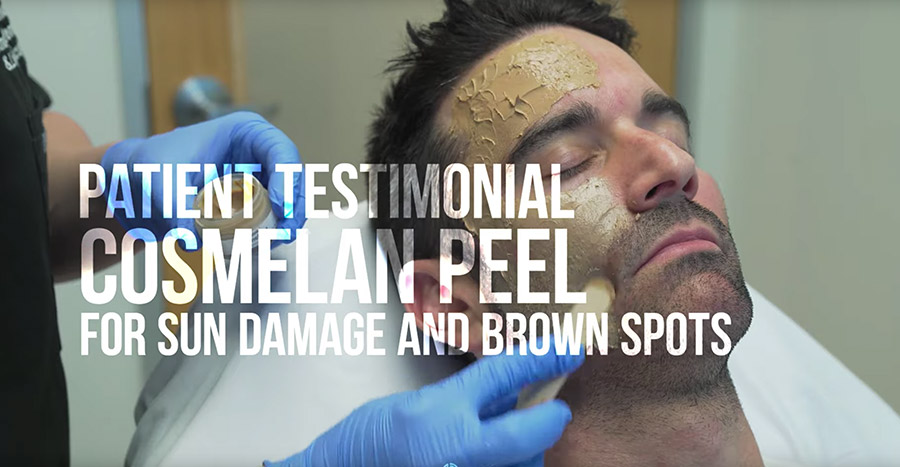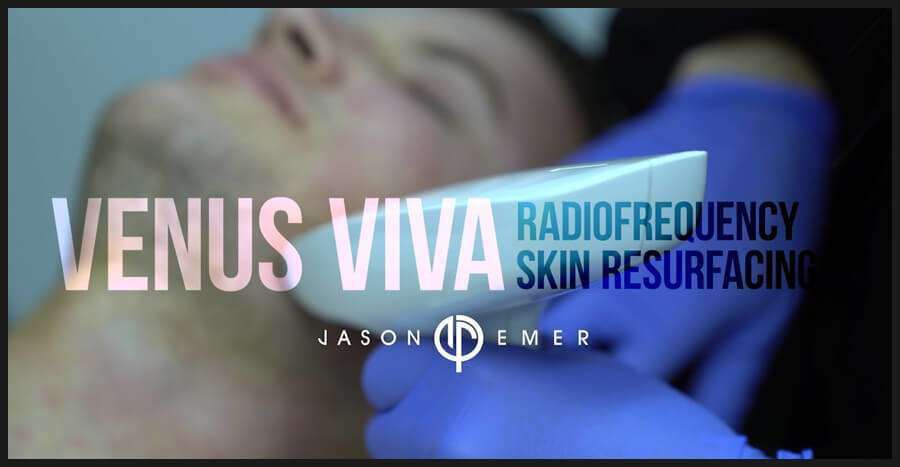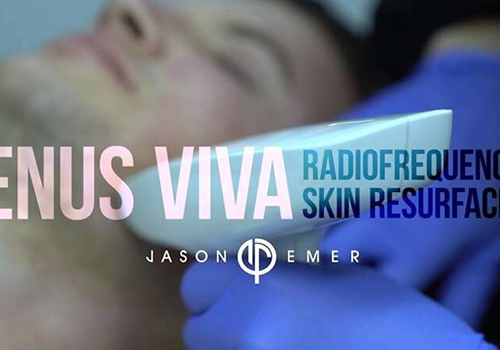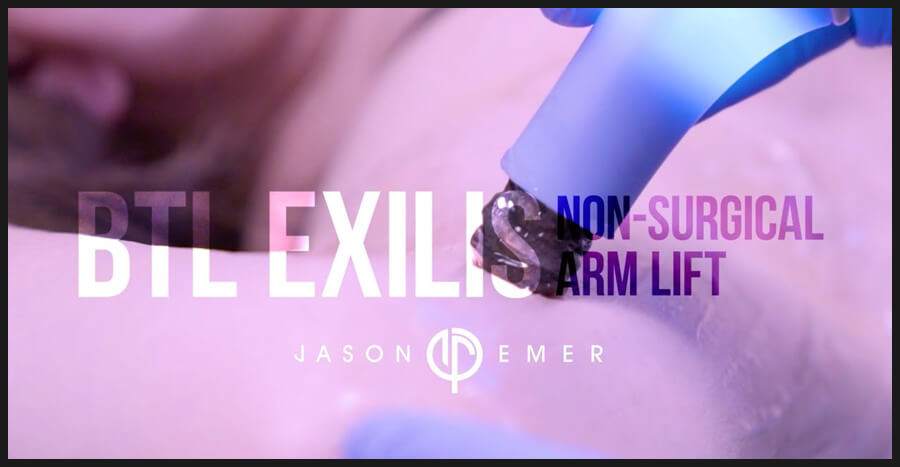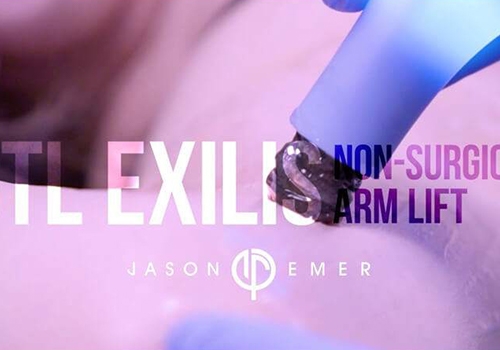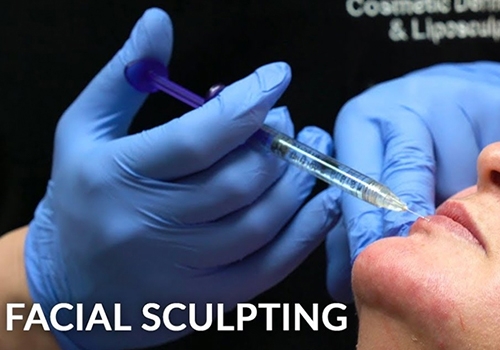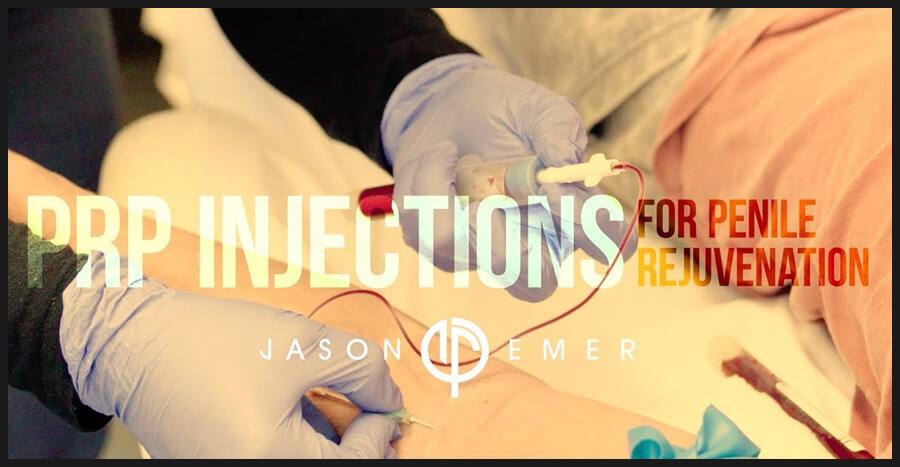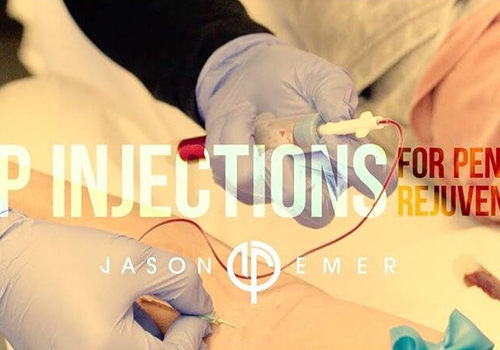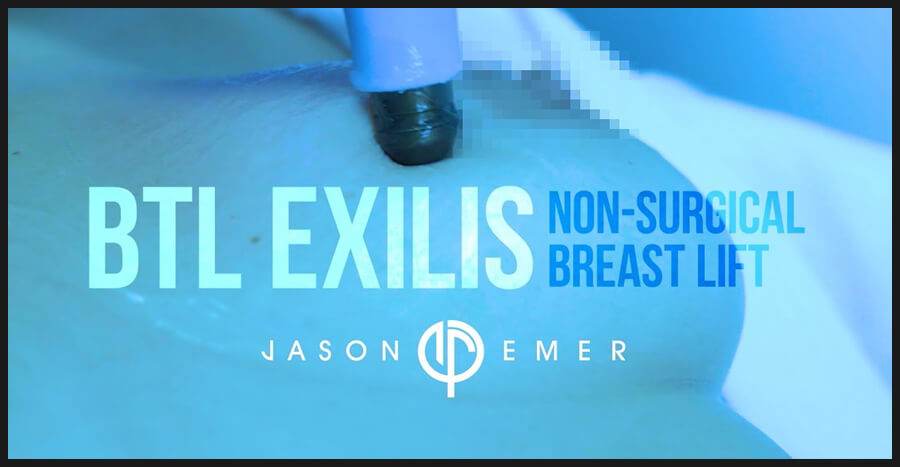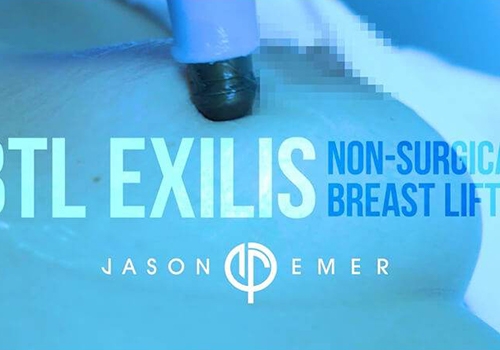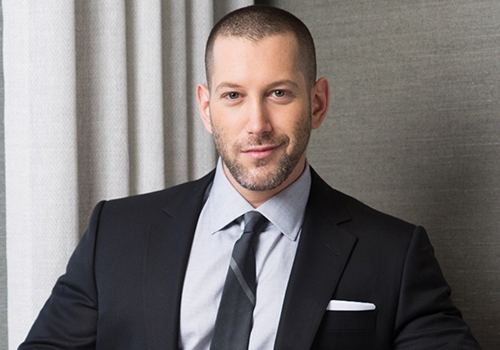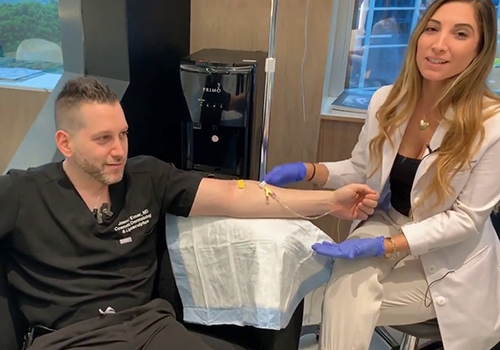OTOPLASTY
Conveniently located to serve Beverly Hills, Hollywood, Los Angeles, NYC, and Miami.
Depending on their shape, position, and size, the ears either contribute to a balanced facial appearance or have the opposite effect. Both children and adults can be negatively affected by cosmetic abnormalities with the ears, and otoplasty is often the only way to resolve a patient’s aesthetic concerns. We take pride in helping patients improve their appearance and feel more confident as a result of this surgery.
WHAT IS OTOPLASTY?
Otoplasty is a cosmetic surgery that recontours the ears. Otoplasty is frequently performed to:
- Decrease the projection of the ears (ear pinning) – Ear pinning is an otoplasty technique used when the ears protrude significantly, and the patient wants to pull them in toward the head.
- Correct asymmetry – While no one’s ears are exactly the same size or in exactly the same position on both sides of the head, these natural variances are usually minor and go unnoticed. However, some patients have more obvious differences in the shape, size, and/or projection of the ears. Otoplasty can dramatically improve the symmetry of the ears.
- Reduce the size of the ears – Overly large ears tend to attract the attention of bullies throughout childhood and can continue to cause self-consciousness throughout a patient’s adult life. Cosmetic ear surgery can decrease the size of the ears to create a more balanced, harmonious facial appearance.
- Address irregularities – Birth defects, such as deformed outer ears, can be corrected with this procedure. Trauma or injury can also cause disfigurement of the ears, creating a need for cosmetic ear surgery.
RIGHT FOR YOU?
WHO IS A CANDIDATE FOR OTOPLASTY?
This procedure should not be performed until the patient’s ears stop growing. In most cases, the ears are fully developed by the time a child reaches the age of five or six years old, so children and adults of many ages can be candidates for otoplasty.
Candidates must have a realistic outlook and understand the limitations of cosmetic ear surgery. While otoplasty can provide transformative improvements, patients should not expect perfection.
Otoplasty candidates must also be in good health and able to safely undergo a surgical procedure that includes the use of anesthesia. Patients with medical conditions that interfere with the body’s wound-healing process are typically not good candidates for cosmetic ear surgery.
PROCEDURE DETAILS
WHAT HAPPENS DURING THE OTOPLASTY PROCEDURE?
Cosmetic ear surgery can necessitate multiple techniques. The specifics of a patient’s procedure will be explained during their consultation.
In general, otoplasty procedures take about two to three hours and are performed on an outpatient basis. The surgery begins with general or local anesthesia, depending on the patient and the extent of their procedure.
Otoplasty often requires a discreet incision inside the ear or behind the ear. Then, the ear can be reshaped by removing cartilage and/or skin. The ear can also be repositioned. Sutures will be used to secure the new placement of the ear and to close the incisions.

WHAT TO EXPECT DURING OTOPLASTY RECOVERY
Compared to many other plastic surgeries, otoplasty involves less downtime and post-treatment discomfort. A week of downtime is recommended for children. Most adults can return to work after a few days of rest.
The most important part of your recovery is protecting the ears as they heal. After your bandages are removed a few days after your surgery, you will need to wear a specialized headband. Aftercare instructions will be provided for the patient’s unique case, but patients should expect to wear the headband 24 hours a day for about two weeks.
It is normal for the ears to be red, tender, and swollen after otoplasty. There will also be bruising around the ears. These effects will last for several weeks as the area heals. Pain can be managed with medications, as directed.
We will monitor the healing process and approve increased activity levels when it is safe for the patient. Most patients are back to their full slate of regular activities, including high-intensity exercise, after four to six weeks.
WHAT TO KNOW ABOUT OTOPLASTY RESULTS
Initial results will be visible after about two weeks. Complete healing will take two to three months. Otoplasty results will last a lifetime.
The psychological benefits of otoplasty are often even greater than patients anticipate. Especially for people who have been teased about their ears or have spent their whole lives trying to hide their ears under hats or headphones, cosmetic ear surgery can reduce stress and increase confidence.
HOW WE PROVIDE THE BEST OTOPLASTY IN BEVERLY HILLS
COMMITMENT TO EXCELLENCE
An unwavering commitment to excellence has earned cosmetic dermatologist Dr. Jason Emer and his medical practice international acclaim. Every member of Dr. Emer’s team was recruited after an exhaustive selection process to ensure the highest level of care and most amazing results for patients of his medical practice.
NATURAL-LOOKING RESULTS
Our approach to otoplasty involves close attention to proportions and overall facial harmony. By prioritizing natural-looking results when reshaping and repositioning the ears, we consistently exceed patients’ expectations.
HOW MUCH DOES OTOPLASTY COST?
Ear surgery is highly customized, which means the surgical techniques and the complexity of the procedure varies from patient to patient. These factors impact the price of otoplasty, so the overall cost of treatment can only be determined after the patient meets for a consultation.
ARRANGE A CONSULTATION FOR OTOPLASTY IN BEVERLY HILLS
Reach out today to schedule a consultation to find out if otoplasty is right for you or your child. During your consultation, we will perform a comprehensive examination of the ears. We will review the patient’s relevant medical information and ask about medications they are currently taking.
The consultation includes ample time to discuss the patient’s desired results. We also make time for viewing and discussing before-and-after photos of previous otoplasty patients. This helps patients refine their concept of their ideal ear contours. This dedicated process allows us to develop and execute a precise surgical plan for achieving each patient’s unique aesthetic goals.

